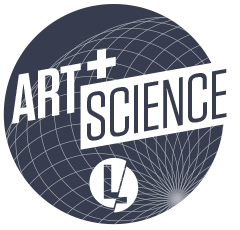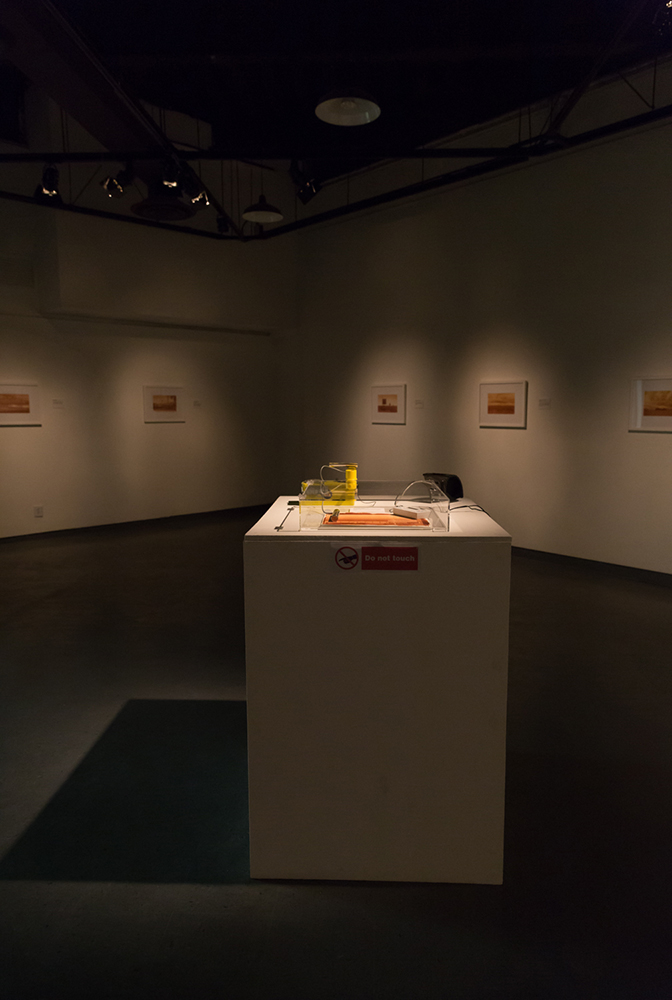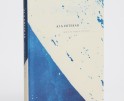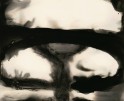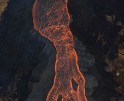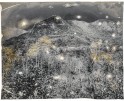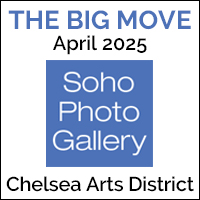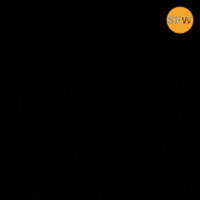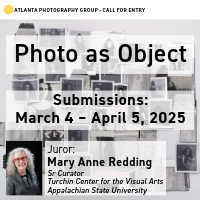ART + SCIENCE: Women and Earth: Abbey Hepner
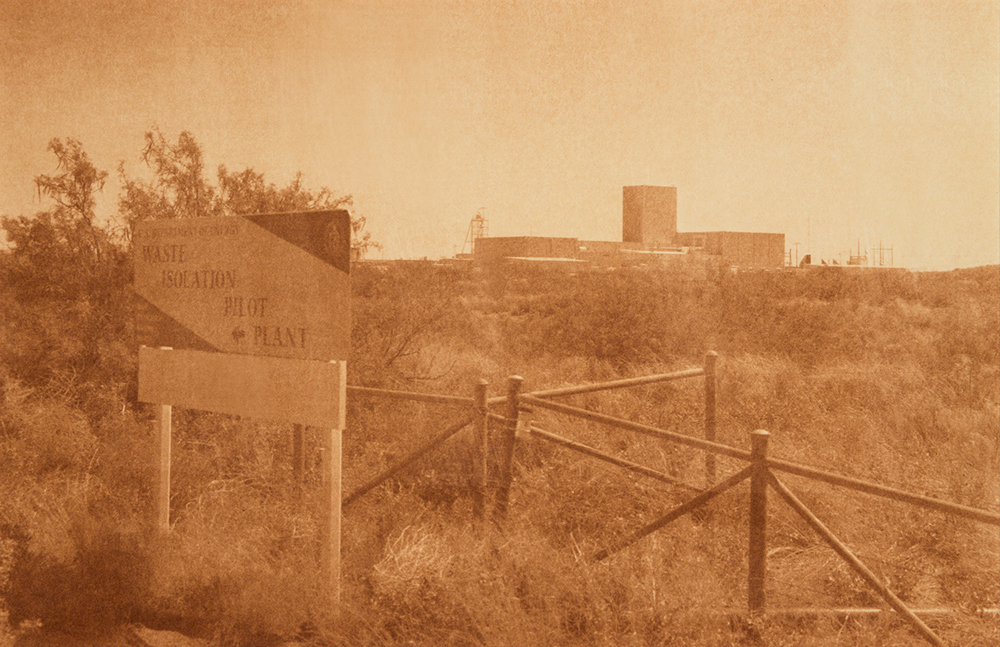
©Abbey Hepner, Waste Isolation Pilot Plant 1, Carlsbad, New Mexico, Amount of waste emplaced to date: 24,035,165 Gallons 2014, 9”x13”, Uranotype (Uranium Print
Abbey Hepner is an artist and educator based in Colorado. In her series entitled Transuranic she traveled throughout the western United States to photograph the distribution sites form where radioactive waste is transported to the Waste Isolation Pilot Plant in Carlsbad, New Mexico. Photographs of landscapes (often accompanied with signs identifying the specific radioactive site) are toned in an orange hue, which is reminiscent of the unnatural color of hovering air pollution. Yet Hepner reminds us of another analogy, one that mimics “the color of the sky after the bomb was dropped on Hiroshima.”
The photographs are created with a 19th century process using a photosensitive metal salt called uranyl nitrate, a highly toxic compound, to form the photographic image. This material is derived from uranium, and is the same radioactive chemistry that was used to fuel our nuclear reactors in the 1950’s. Silver is the more practical light sensitive chemical used in dark room processes today, but Hepner chose to create uranotypes, adding, through her process, a literal connection to the subject matter.
The most frightening aspect of these photographs lies in the fact that there is nothing too unusual about the landscape. In fact, there’s a certain beauty in the stillness of the images. Yet, this land was given the short straw, being chosen to exist in ecological distress, even causing illnesses to people who live in close proximity.
What would happen if there were a leakage of radioactive material at one of these sites? What if there were a major radioactive spill during transit across the western United States to the Waste Isolation Pilot Plant? Transuranic brings to light an unseen tension, hidden within the orange tonal stillness of each photograph, honing in on an underlying question, one that we all fear. Hepner poses the question “what happens when technology fails us?”
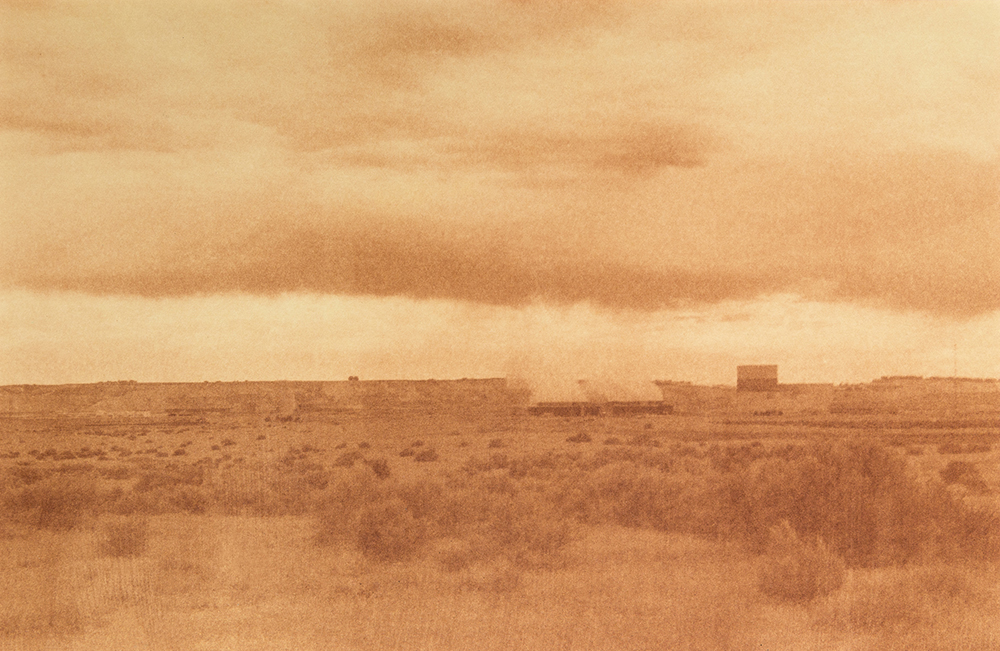
©Abbey Hepner, Columbia Generating Station, Hanford, Washington, Radioactive waste shipped to WIPP: 1,336,919 Gallons 2014, 9”x13”, Uranotype (Uranium Print)
Abbey Hepner is an artist and educator investigating the human relationship with landscape and technology. She frequently works at the intersection of art and science, navigating through collaborative and research-oriented practices. Her work explores ethical gray areas where humanity and industry collide, illuminating the increasingly common use of health as a currency. She received degrees in Art and Psychology from the University of Utah, and an MFA in Photography from the University of New Mexico.
Hepner’s work has been exhibited widely in such venues as the Mt. Rokko International Photography Festival (Kobe, Japan), Central Features (Albuquerque, NM), the San Diego Art Institute (San Diego, CA), Noorderlicht Photofestival (Groningen, Netherlands), Institut für Alles Mögliche (Berlin, Germany), and the Newspace Center For Photography (Portland, OR). She has presented at numerous conferences including the 2015 International Symposium on Electronic Art (ISEA) in Vancouver, Canada, and the 2016 and 2017 Society for Photographic Education (SPE) conferences.
Transuranic
Transuranic is a series of uranotypes, an obsolete nineteenth-century photographic process that uses uranium instead of silver to form the image. Uranium is an element that was used to make nuclear bombs and is the basic fuel for nuclear power reactors. These uranotypes were created from photographs captured at every nuclear site in the Western U.S. that transports radioactive waste to the Waste Isolation Pilot Plant (WIPP) in New Mexico. WIPP is the nation’s only permanent geological repository for radioactive waste, a place where waste is buried deep in the earth and intended to rest for 10,000 years.
Upon moving to New Mexico from Japan, where I participated in disaster relief work following the 2011 tsunami and nuclear meltdown, I set out to understand the impact of the nuclear industry on my immediate surroundings. Transuranic documents nuclear facilities from an outsider’s perspective. Places seemingly transparent in their operations, as indicated by signage, and resting amongst us as scars on the landscape. The red and yellow hue of the uranotypes, likened to the color of the sky after the bomb was dropped on Hiroshima, was formed from the exposure of uranyl nitrate. This material presence negates the unassuming and banal nature of these sites and reminds us of the reality reflected in the images.
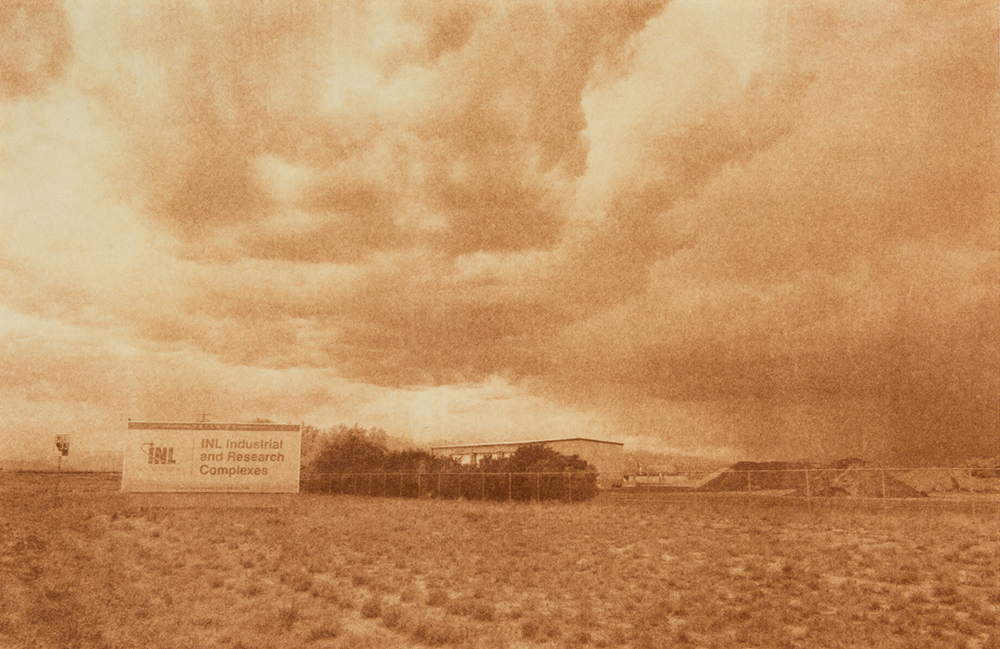
©Abbey Hepner, Idaho National Labs, Idaho Falls, Idaho, Radioactive waste shipped to WIPP: 11,338,391 Gallons 2014, 9”x13”, Uranotype (Uranium Print)

©Abbey Hepner, Los Alamos National Laboratory, New Mexico, Radioactive waste shipped to WIPP: 2,424,143 Gallons 2014, 9”x13”, Uranotype (Uranium Print)
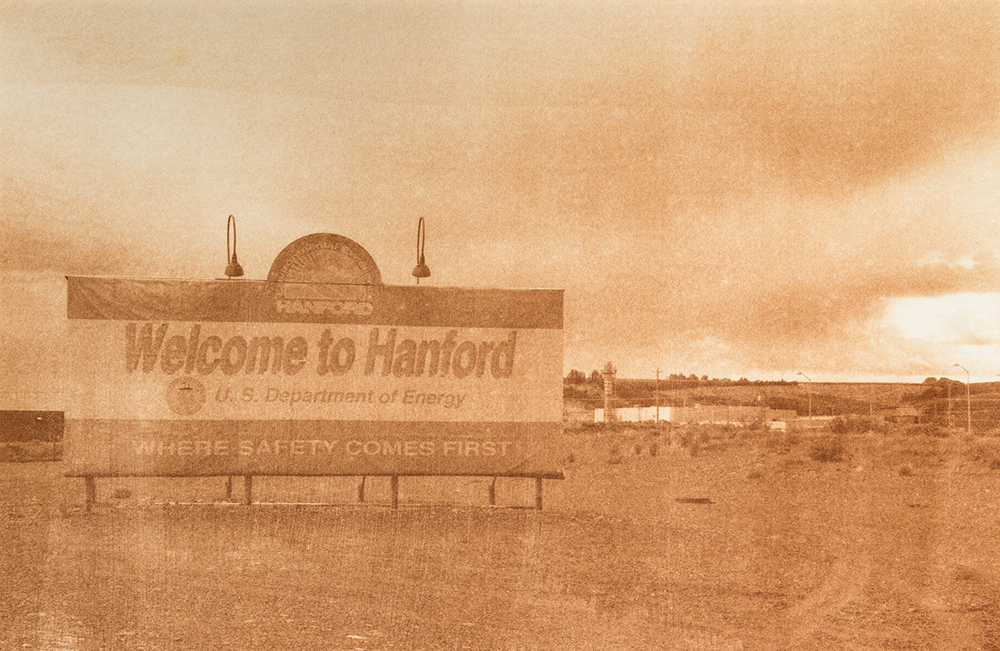
©Abbey Hepner, Hanford Site 2, Hanford, Washington, Radioactive waste shipped to WIPP: 1,336,919 Gallons 2014, 9”x13”, Uranotype (Uranium Print)
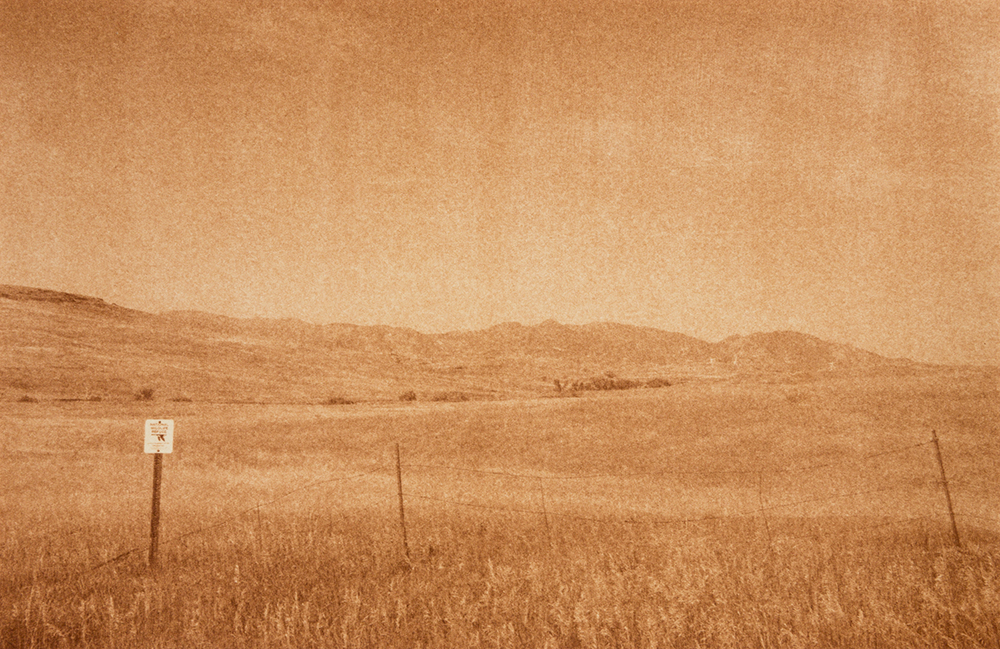
©Abbey Hepner, Rocky Flats Wildlife Refuge, Arvada, Colorado, Radioactive waste shipped to WIPP: 3,978,943 Gallons 2014, 9”x13”, Uranotype (Uranium Print)

©Abbey Hepner, Waste Isolation Pilot Plant 2, Carlsbad, New Mexico, Amount of waste emplaced to date: 24,035,165 Gallons 2014, 9”x13”, Uranotype (Uranium Print)
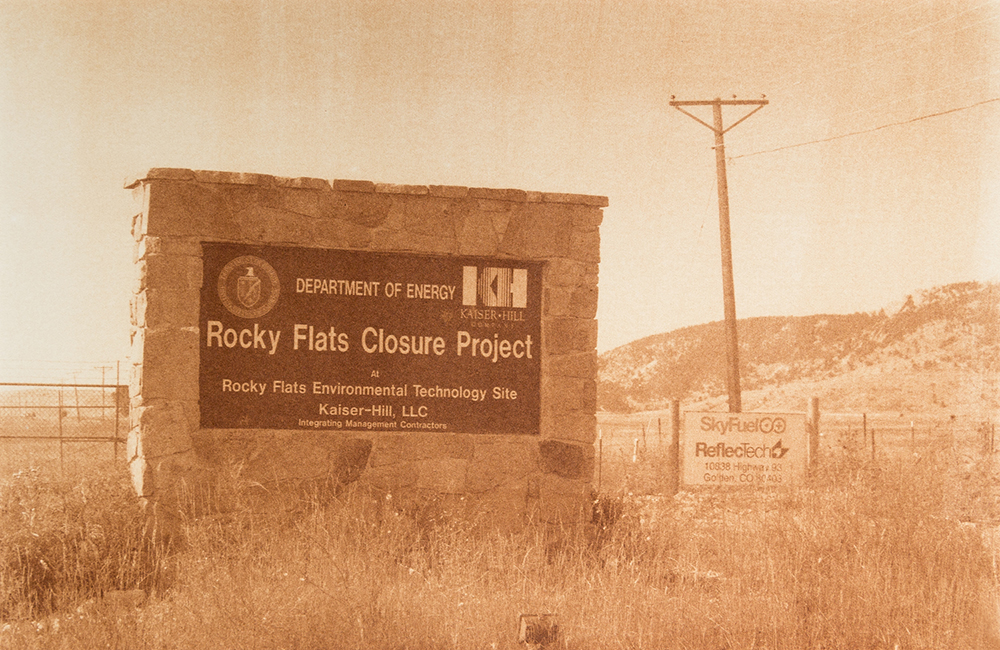
©Abbey Hepner, Rocky Flats, Arvada, Colorado, Radioactive waste shipped to WIPP: 3,978,943 Gallons 2014, 9”x13”, Uranotype (Uranium Print)
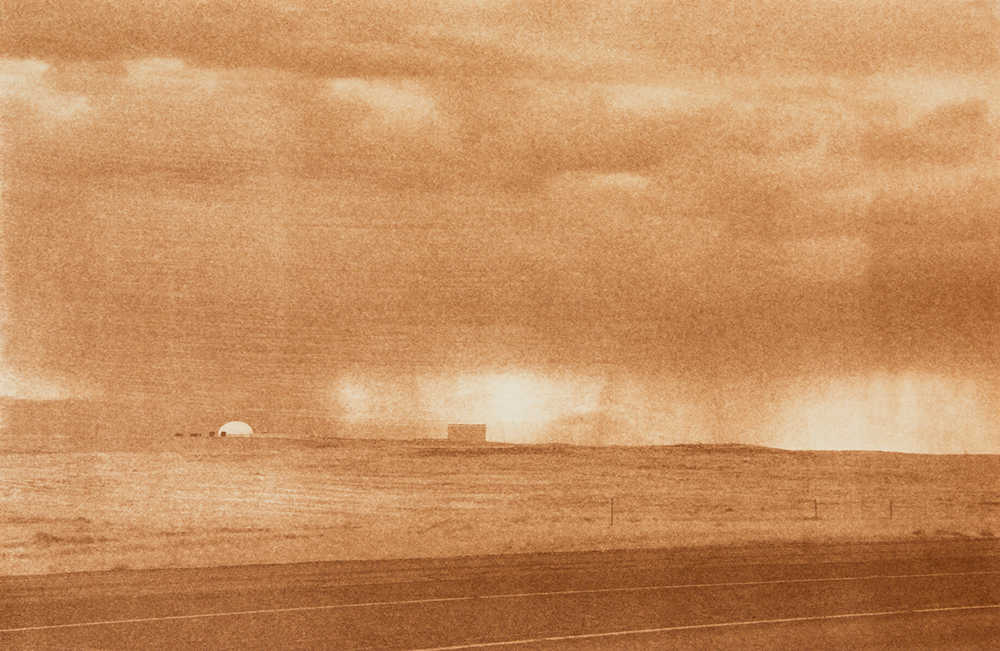
©Abbey Hepner, Hanford Site 1, Hanford, Washington, Radioactive waste shipped to WIPP: 1,336,919 Gallons 2014, 9”x13”, Uranotype (Uranium Print)

©Abbey Hepner, Nevada National Security Site, Outside of Las Vegas, Nevada Radioactive waste shipped to WIPP: 107,087 Gallons 2014, 9”x13”, Uranotype (Uranium Print)

©Abbey Hepner, Urenco, Eunice, New Mexico The only uranium enrichment plant in the U.S. 2014, 9”x13”, Uranotype (Uranium Print)
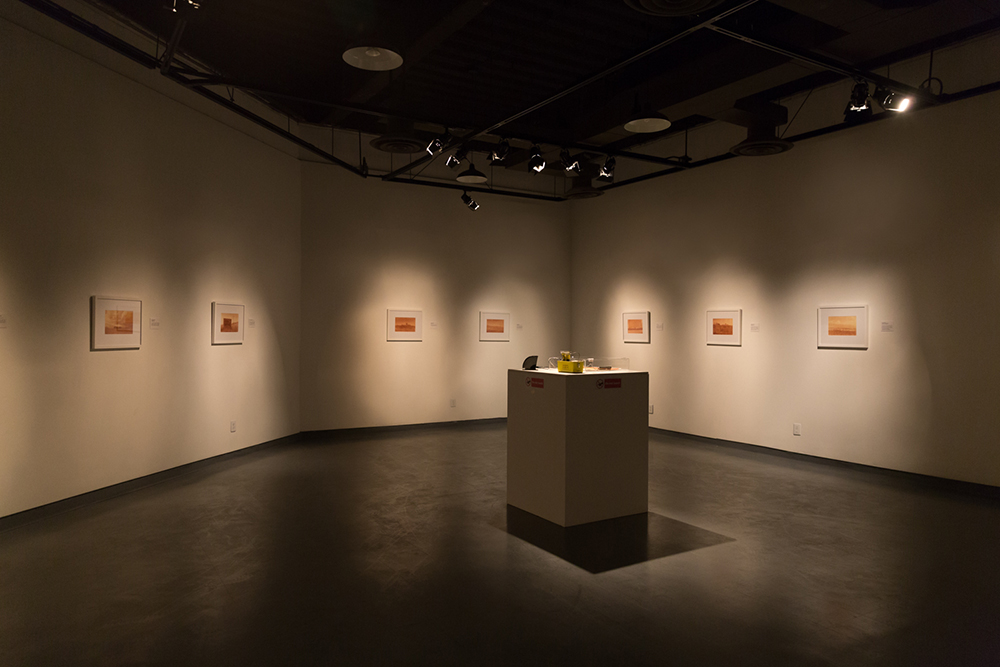
©Abbey Hepner, Transuranic Installation View: 13 Framed Uranotypes (uranium prints), pedestal with 2 Geiger Counters on top of a uranotype in a locked box, speaker.
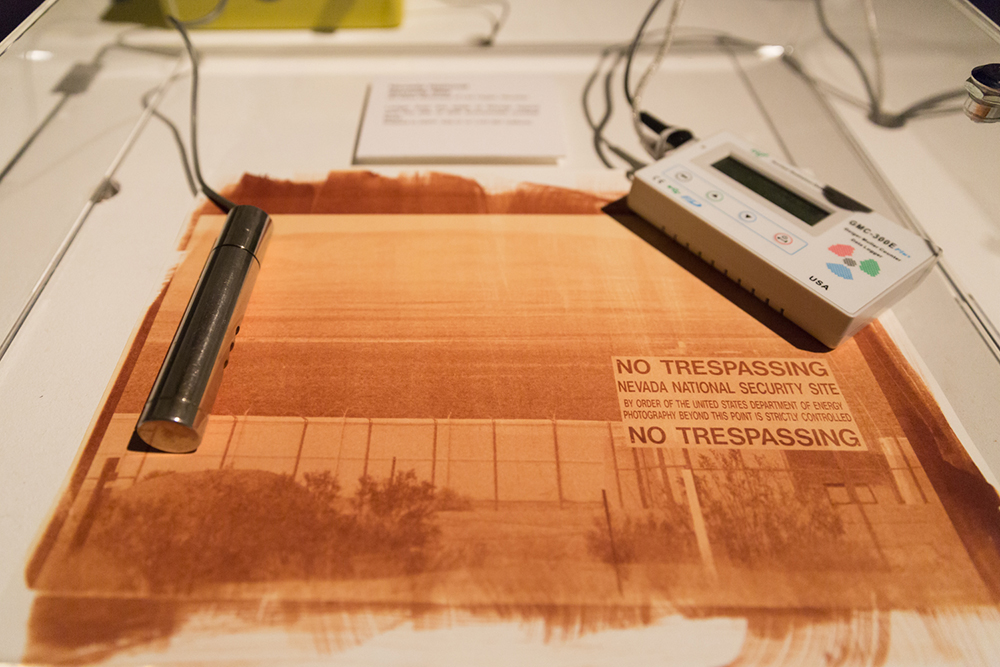
©Abbey Hepner, Transuranic Installation Detail of a locked box and speaker on a pedestal with two Geiger counters on top of a uranotype. The Gieger counters read the radioactivity in the print and fill the space with a clicking sound, acting as an alarm for the radioactivity within the print. One Geiger counter is a cold- war era model and the other is a digital consumer model, reflecting that despite warnings, we repeat history.
Posts on Lenscratch may not be reproduced without the permission of the Lenscratch staff and the photographer.
Recommended
-
James Stanford: The Atomic KidMarch 19th, 2025
-
Thirty-Six Views of the Moon: Ala EbtekarJanuary 24th, 2025
-
elin o’Hara slavick: Art + Science Competition Honorable MentionDecember 21st, 2024
-
Leslie Gleim: Art + Science Competition Honorable MentionDecember 20th, 2024
-
Gesche Wuerfel: Art + Science Competition Honorable MentionDecember 19th, 2024

